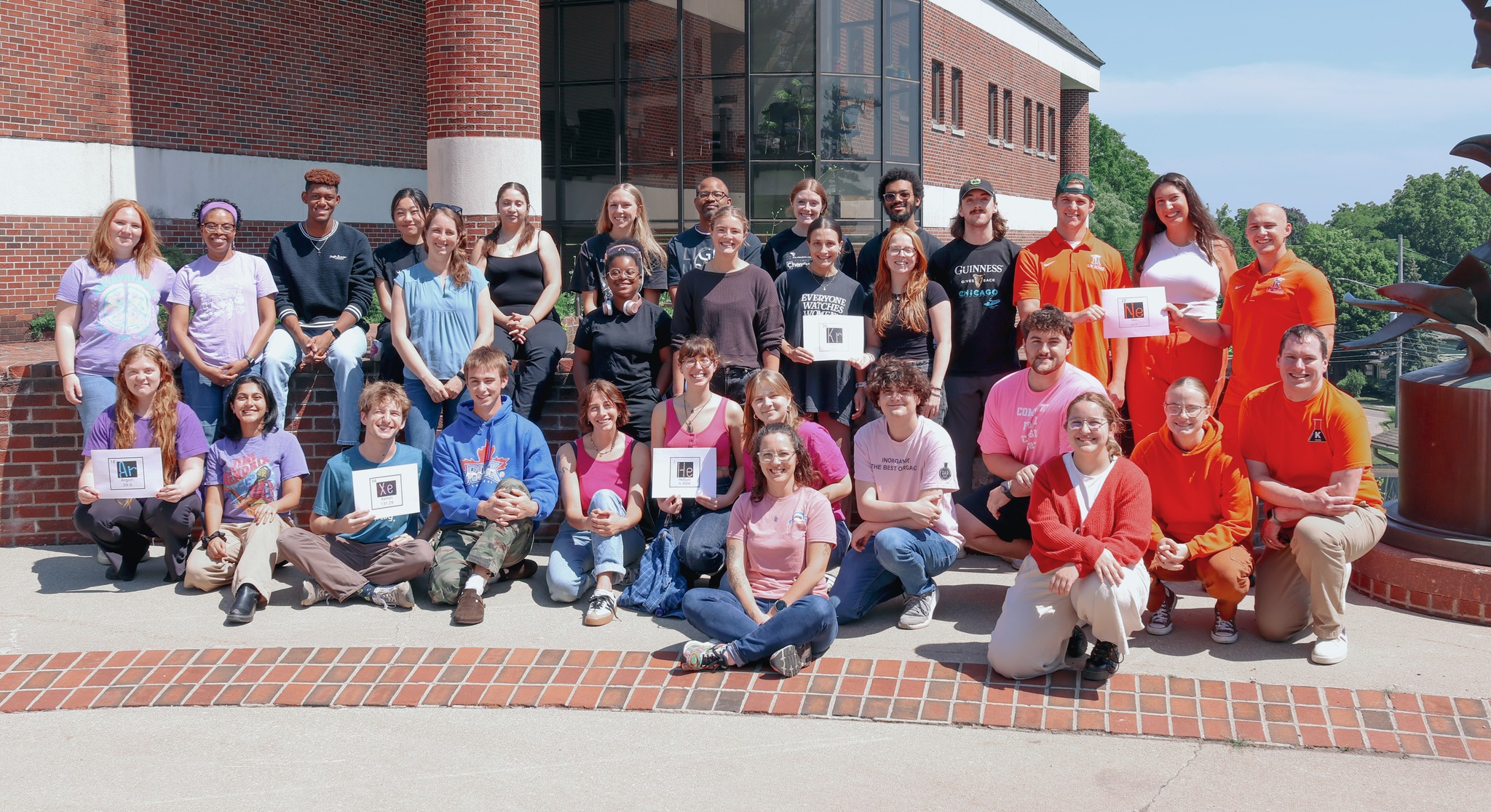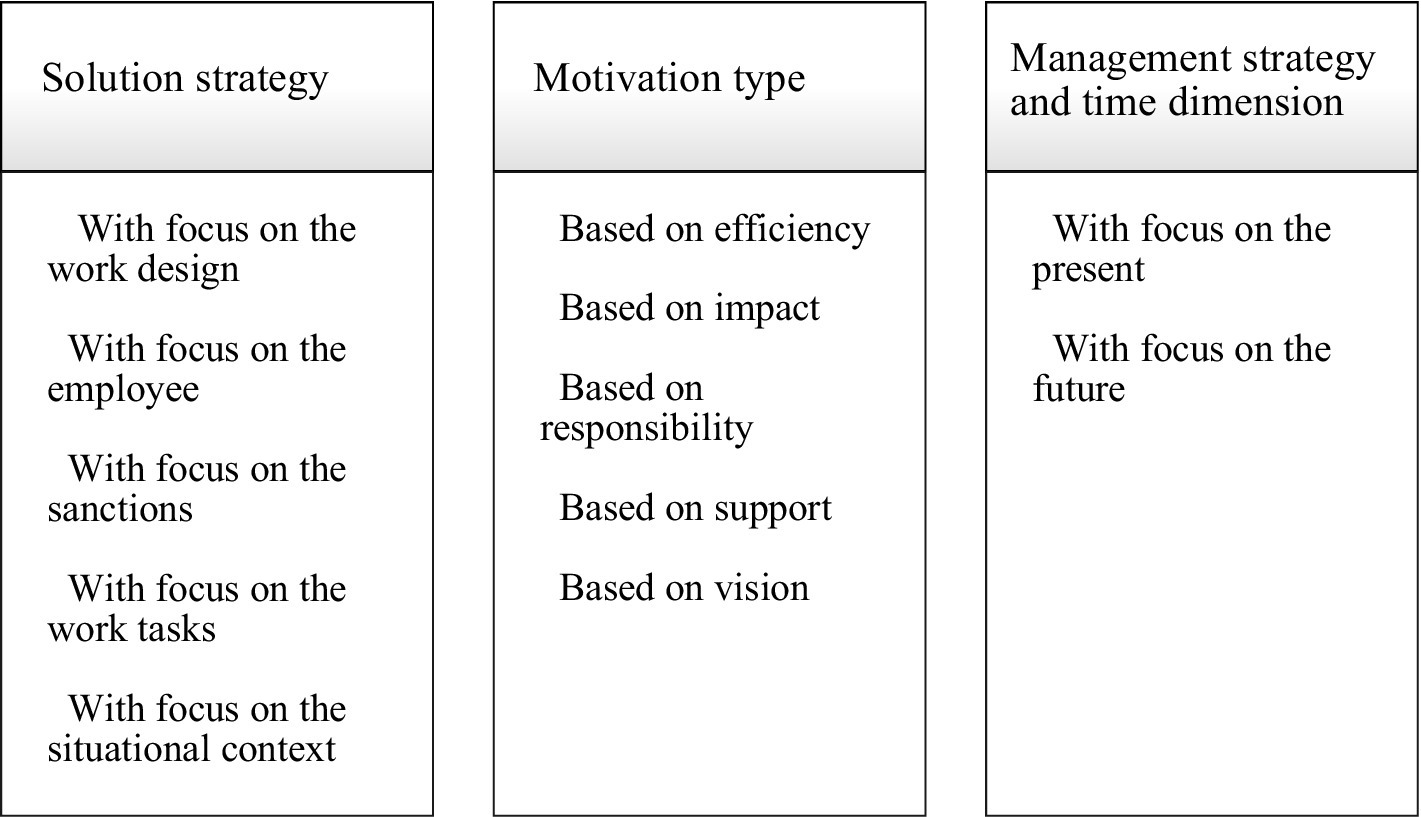Report on the United States AI Action Plan and its Alignment with Sustainable Development Goals
A report issued by the White House on July 24, 2025, details the United States’ strategic plan for artificial intelligence (AI). Titled “Winning the AI Race: America’s AI Action Plan,” the initiative outlines a framework for national and global leadership in AI technology. This report analyzes the plan’s key components in the context of the United Nations Sustainable Development Goals (SDGs), incorporating perspectives from religious and academic leaders on the ethical dimensions of this technological advancement.
National Strategy and Sustainable Economic Development
Industry, Innovation, and Infrastructure (SDG 9)
The U.S. government’s plan directly addresses the objectives of SDG 9 by focusing on building resilient infrastructure and fostering innovation. The strategy identifies over 90 federal policy actions designed to advance this goal.
- Accelerating Innovation: The plan aims to streamline development processes by reducing regulatory barriers (“red tape”) for AI advancement.
- Building AI Infrastructure: A key policy is the development of advanced data centers to support the growth of AI technologies.
- Economic Competitiveness: The overarching goal is to achieve “global dominance in AI,” positioning the nation at the forefront of this industrial transformation.
Decent Work and Economic Growth (SDG 8)
While the plan promotes economic competitiveness, faith leaders have raised significant concerns regarding its impact on SDG 8, particularly the future of work and the protection of labor.
- The Role of Work in Human Dignity: Moral theologian Charles Camosy notes that Catholic social teaching views work as an integral part of the human experience and a reflection of God’s creative work. There is concern that widespread AI adoption could diminish the perceived value and necessity of human labor.
- Historical Parallels: Pope Leo XIV’s focus on AI is compared to Pope Leo XIII’s response to the industrial revolution, which emphasized the importance of technological development while affirming the fundamental rights of workers.
- A Call for Human-Centric AI: The U.S. Conference of Catholic Bishops and Pope Leo XIV have both stated that AI should supplement human capabilities, not replace them, ensuring that technology serves human flourishing rather than undermining it.
Governance, Ethics, and Institutional Integrity
Peace, Justice, and Strong Institutions (SDG 16) & Reduced Inequalities (SDG 10)
The report highlights the critical need for ethical governance to ensure AI promotes just, peaceful, and inclusive societies.
- Government Accountability: The White House plan includes updating federal procurement guidelines to ensure government contracts are awarded only to developers whose AI models are “objective and free from top-down ideological bias.” This measure supports the development of accountable and transparent institutions.
- Upholding Human Dignity: The U.S. Conference of Catholic Bishops has urged lawmakers to ensure AI development is guided by sound moral principles that uphold human dignity and the common good, aligning with the goal of reducing inequalities by ensuring technology benefits every person.
- Moral Judgment: A key principle articulated by the bishops is that AI should not replace human moral judgment, reinforcing the need for human oversight within institutional frameworks.
Good Health and Well-being (SDG 3)
Concerns have been raised about the potential negative impacts of AI on mental health and well-being.
- Risks of AI Chatbots: Professor Camosy identified AI chatbots as “super dangerous,” citing the potential for users to be unable to distinguish between human and machine interaction.
- Potential for Harm: This confusion can lead to “horrible delusions” and other negative psychological effects, presenting a direct challenge to individual well-being. The technology, if not developed with caution, is seen as a potential source of harm.
Global Cooperation and Multi-Stakeholder Partnerships
Partnerships for the Goals (SDG 17)
The U.S. AI plan and the corresponding societal dialogue underscore the importance of collaboration in achieving sustainable technological progress.
- International Diplomacy: The plan explicitly includes “leading in international diplomacy and security” and sharing technology with allies as key policy areas, directly contributing to global partnerships.
- Multi-Stakeholder Dialogue: The ongoing engagement between government bodies (the White House, Congress), international religious institutions (the Vatican), national faith leaders (U.S. Conference of Catholic Bishops), and academia represents a critical multi-stakeholder partnership. This collaboration is essential for shaping a culture where AI is developed responsibly and serves humanity, reflecting the core principle of SDG 17.
Analysis of Sustainable Development Goals in the Article
1. Which SDGs are addressed or connected to the issues highlighted in the article?
The article on the U.S. AI Action Plan and the Catholic perspective on artificial intelligence touches upon several Sustainable Development Goals (SDGs). The primary SDGs addressed are:
- SDG 8: Decent Work and Economic Growth: The article extensively discusses the potential impact of AI on the workforce. Concerns are raised that AI might “replace” human workers, which directly challenges the goal of full and productive employment. The Catholic perspective, as articulated by Charles Camosy, emphasizes that “work is an integral part of the human experience” and that technology should protect workers’ rights, reflecting the “decent work” aspect of this SDG. The U.S. plan’s goal of promoting “economic competitiveness” also aligns with the “economic growth” component.
- SDG 9: Industry, Innovation, and Infrastructure: This goal is central to the article. The U.S. government’s “Winning the AI Race: America’s AI Action Plan” is a clear initiative to foster innovation. The plan explicitly focuses on “accelerating innovation, building American AI infrastructure, and developing data centers,” which are core components of SDG 9.
- SDG 16: Peace, Justice, and Strong Institutions: The article highlights the role of government (a key institution) in regulating new technology. The White House’s release of a formal plan and its focus on “updating federal procurement guidelines to ensure that the government only contracts with frontier large language model developers who ensure that their systems are objective and free from top-down ideological bias” demonstrates an effort to build effective and accountable institutions. The call for AI to be developed with “responsibility and discernment” and to uphold “human dignity” relates to the principles of justice and peace.
- SDG 17: Partnerships for the Goals: The U.S. AI plan’s scope is not purely domestic. The article mentions that key policies include “sharing technology with allies around the world” and “leading in international diplomacy and security.” This points to the importance of global partnerships and cooperation to manage the development and deployment of AI, which is the essence of SDG 17.
2. What specific targets under those SDGs can be identified based on the article’s content?
Based on the article’s content, several specific SDG targets can be identified:
- Under SDG 8 (Decent Work and Economic Growth):
- Target 8.2: “Achieve higher levels of economic productivity through diversification, technological upgrading and innovation…” The U.S. plan’s aim to “achieve global dominance in AI” and promote “economic competitiveness” directly supports this target through technological upgrading.
- Target 8.5: “By 2030, achieve full and productive employment and decent work for all…” The concerns raised by the Pope and the U.S. Conference of Catholic Bishops that AI should “supplement what human beings do, not replace them” and that “workers have rights” directly address the need to protect employment and ensure decent work in an age of automation.
- Under SDG 9 (Industry, Innovation, and Infrastructure):
- Target 9.5: “Enhance scientific research, upgrade the technological capabilities of industrial sectors… encouraging innovation…” The plan’s focus on “accelerating innovation” is a direct reflection of this target.
- Target 9.b: “Support domestic technology development, research and innovation…” The entire “America’s AI Action Plan” is a national policy designed to support domestic AI development.
- Under SDG 16 (Peace, Justice, and Strong Institutions):
- Target 16.6: “Develop effective, accountable and transparent institutions at all levels.” The public release of the AI plan and the establishment of “federal procurement guidelines” are actions toward creating more accountable and transparent governance of AI.
- Target 16.b: “Promote and enforce non-discriminatory laws and policies for sustainable development.” The government’s stated focus on ensuring AI systems are “objective and free from top-down ideological bias” is an effort to create non-discriminatory policies for this new technology.
- Under SDG 17 (Partnerships for the Goals):
- Target 17.6: “Enhance… international cooperation on and access to science, technology and innovation…” The plan’s policy of “sharing technology with allies around the world” directly aligns with this target of international cooperation on technology.
3. Are there any indicators mentioned or implied in the article that can be used to measure progress towards the identified targets?
The article does not mention official UN indicators, but it implies several qualitative and quantitative measures that could be used to track progress:
- For Target 8.5: An implied indicator is the impact of AI on employment rates and job displacement. The concern that AI could “replace” workers suggests that tracking changes in the labor market as AI is adopted would be a key measure of success or failure in achieving decent work for all.
- For Target 9.5/9.b: An implied indicator is the existence and implementation of a national AI strategy. The article is centered on the release of “America’s AI Action Plan,” which itself serves as a primary indicator of government action. The article also mentions “more than 90 federal policy actions,” which could be tracked as a measure of implementation.
- For Target 16.6: A clear indicator mentioned is the establishment of public procurement policies for AI. The article explicitly states the government will be “updating federal procurement guidelines,” the existence and content of which can be monitored.
- For Target 16.b: An implied indicator is the development of standards or regulations to mitigate bias in AI systems. The plan’s goal to ensure systems are “objective and free from top-down ideological bias” implies that progress could be measured by the creation and enforcement of such standards.
- For Target 17.6: An implied indicator is the number and scope of international agreements on AI cooperation. The policy of “sharing technology with allies around the world” suggests that progress could be measured by tracking the formal agreements and partnerships established by the U.S. with other nations.
4. Summary Table of SDGs, Targets, and Indicators
| SDGs | Targets | Indicators Identified or Implied in the Article |
|---|---|---|
| SDG 8: Decent Work and Economic Growth | Target 8.5: Achieve full and productive employment and decent work for all. | The rate of job displacement or creation due to AI adoption; policies protecting workers’ rights in the context of new technology. |
| SDG 9: Industry, Innovation, and Infrastructure | Target 9.b: Support domestic technology development, research and innovation. | The existence and implementation of a national AI strategy (“America’s AI Action Plan”). |
| SDG 16: Peace, Justice, and Strong Institutions | Target 16.6: Develop effective, accountable and transparent institutions at all levels. | The establishment and updating of public procurement guidelines for AI technology. |
| SDG 16: Peace, Justice, and Strong Institutions | Target 16.b: Promote and enforce non-discriminatory laws and policies. | Policies and guidelines to ensure AI systems are “objective and free from top-down ideological bias.” |
| SDG 17: Partnerships for the Goals | Target 17.6: Enhance international cooperation on and access to science, technology and innovation. | The establishment of international agreements for “sharing technology with allies around the world.” |
Source: catholicnewsagency.com







